Description
Enter the spectacular Drakensberg “Mountains of Dragons” for a treasure trove of alpine flora featuring over 2200 species & many endemics!
The Drakensberg Mountains feature the largest areas of alpine zone in Africa, with world-famous scenery such as the Sani Pass and Golden Gate National Park. It is a sublime mix of rugged peaks, scarps, pinnacles, forest, waterfalls and rivers. Because of its range of plant life and the richest collection of San rock paintings in Africa, it has been declared a World Heritage Site. And it isn’t just great for flowers, there is plenty of other wildlife interest, including Bearded Vultures, Drakensberg Rock-jumpers and the stunning Bush Beauty butterfly!
The Drakensberg, also known as the “Dragon Mountains,” is southern Africa’s most impressive mountain range and one of the world’s oldest centres of plant endemism. They are the best known part of The Great Escarpment, a major topographical feature in Africa that consists of steep slopes from the high central Southern African plateau downward in the direction of the oceans. About 180 million years ago, a mantle plume under southern Gondwana caused bulging of the continental crust in the area that would later become southern Africa. The upliftment of the central plateau over the past 20 million years caused the original escarpment to be moved inland through erosion to its present position, creating the present-day coastal plain.
The Drakensberg escarpment stretches for over 1,000 kilometres from the Eastern Cape Province in the South, then successively forms, in order from south to north, the border between Lesotho and the Eastern Cape and the border between Lesotho and KwaZulu-Natal Province. The Drakensberg landscape is both dramatic and rich in flora and fauna. The high treeless peaks of the Drakensberg (from 2,500 m upwards) are known as the Drakensberg alti-montane grasslands and woodlands eco region. These steep slopes are the most southerly high mountains in Africa. Plants from all families are found here including Agapanthus, Brunsvigi, Nerine, Zantedeschia, Bulbine, Kniphofia, Eucomis, Crocosmia, Gladiolus andMoraea for which South Africa is the centre of endemism. We also hope to see many terrestrial orchids such as Disa, Disperis and Habernaria species. The area is rich in members of the Asclepiadaceae and the Asteraceae families such as Berkheya, Helichrysum and Senecio with many species in these genera. Wahlenbergiais a member of the Campanulaceae and we should see this. Scrophulariaceae are well represented with several genera.
Whilst we shall focus on plants on our travels, we shall not ignore the rich fauna especially the butterflies and other insects, reptiles (especially chameleons), birds and the larger mammals. We shall make the pace as slow as possible so as to make the best of each area we visit.
Weather: It is mid-summer in the Drakensberg and a wide range of temperatures can be expected. It can be hot at lower altitudes (up to 30C), but most of our time will be at medium to high altitudes where it will be milder and often cold in the evenings. At higher altitudes, it is often warm in the direct sun but otherwise cool if there is a breeze. We can expect some rain, most of which falls in very dramatic late afternoon and night thunderstorms.
Passport requirements: Please ensure you have at least 2 – 3 blank pages in your passport as you will be denied entry to South Africa unless you have 1 blank page, and you need space for the visit to Lesotho. UK passport holders do not need a visa to enter South Africa or Lesotho but if you are traveling on the passport of another country then please check the requirements
Health and fitness: The highest altitude we will reach on this tour is 3250m above seal level. You will need to be reasonably fit to derive maximum enjoyment from this tour. However, much of the flora can be found close to the roadsides and if you are comfortable to sometimes remain at the vehicles or lodgings while we do some of the longer walks then that should be possible.
Languages: The guides are native and/or fluent speakers in English, German and Greek.
This promises to be a fantastic and very popular tour – we recommend booking early to avoid disappointment!


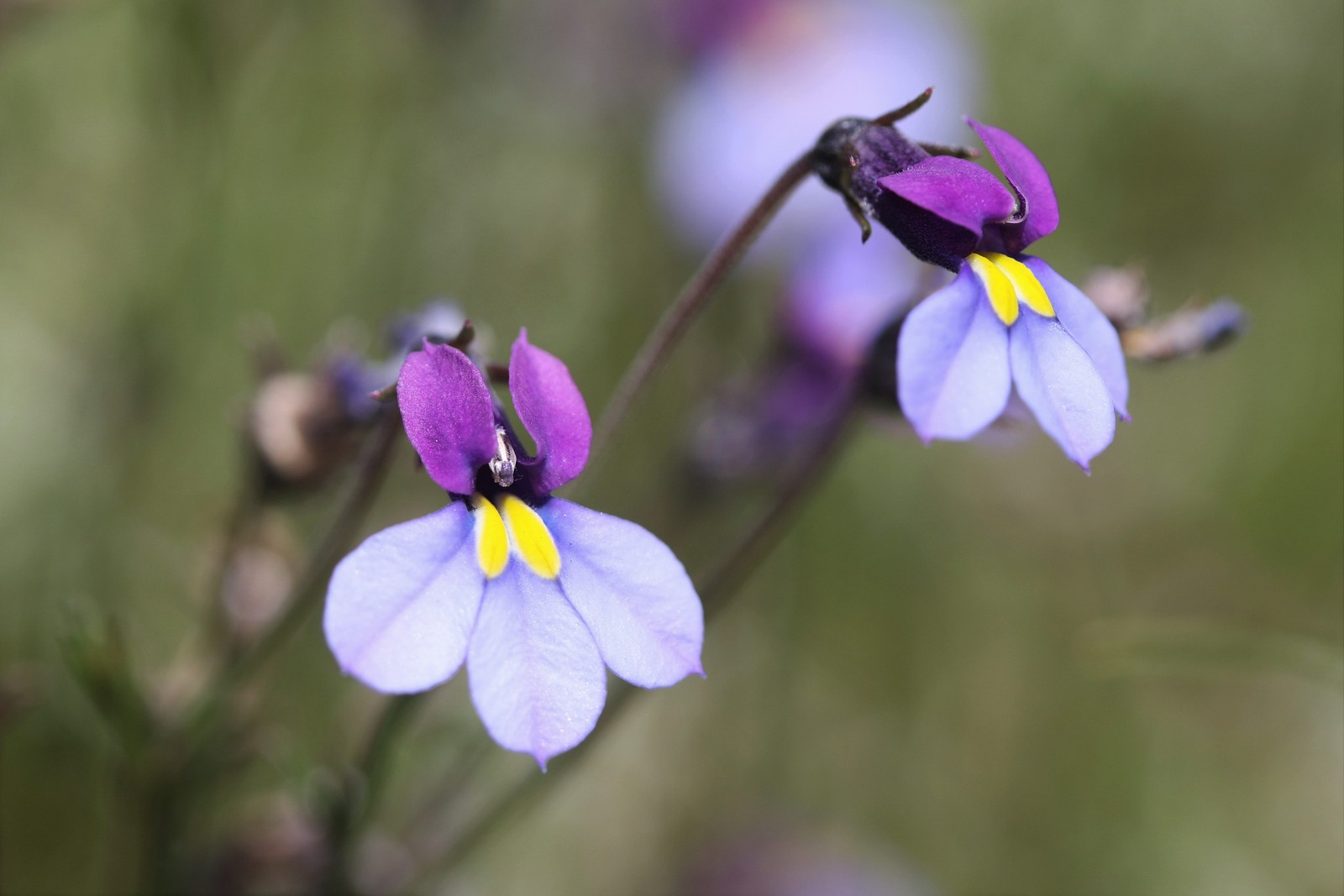
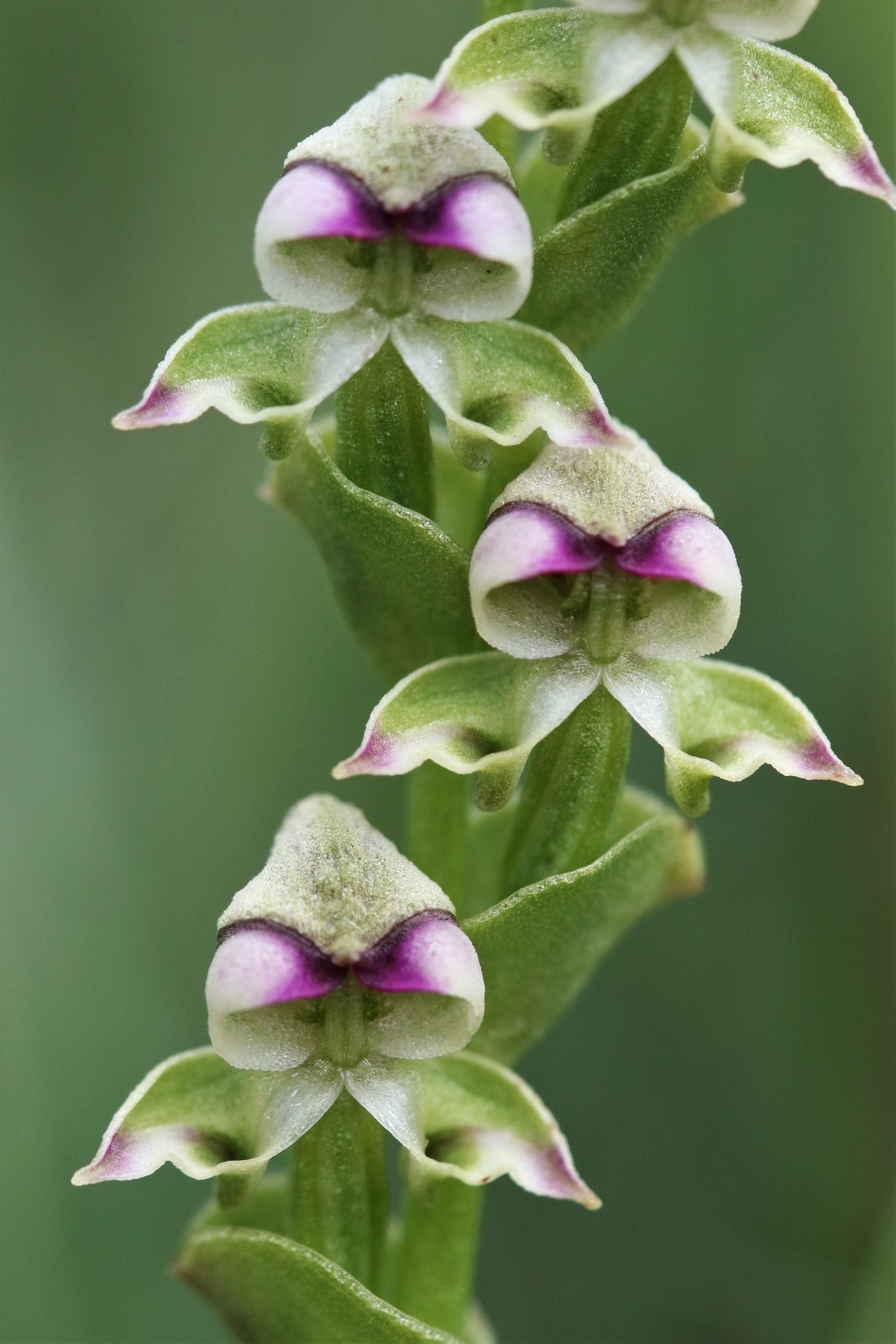

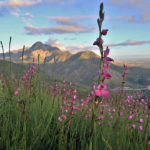
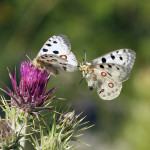
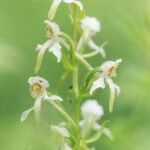





Reviews
There are no reviews yet.